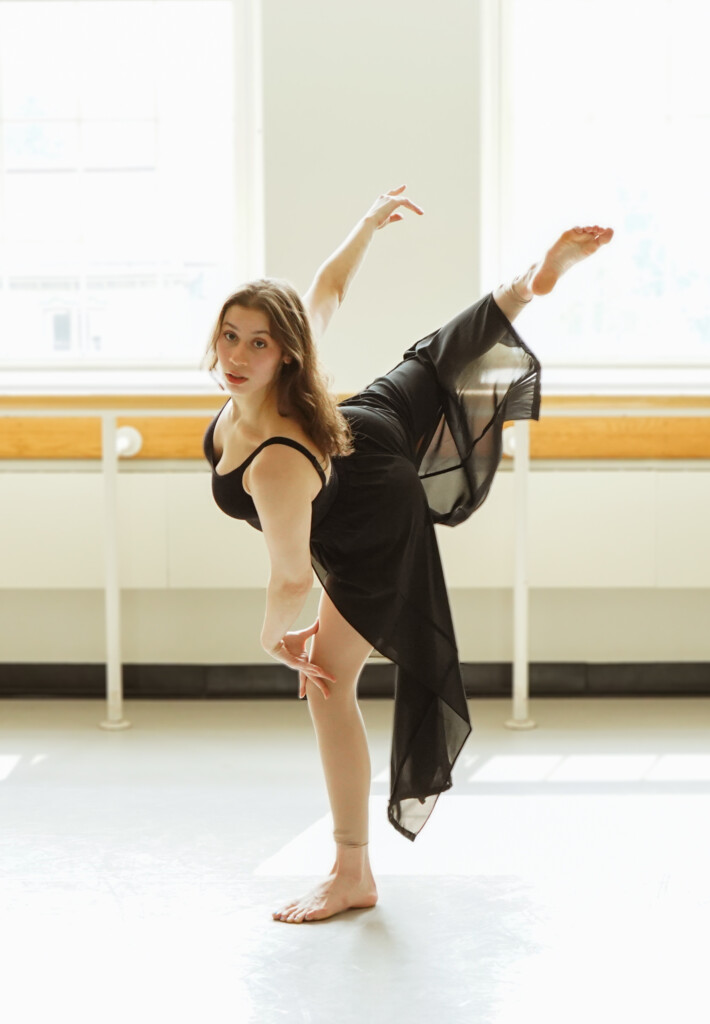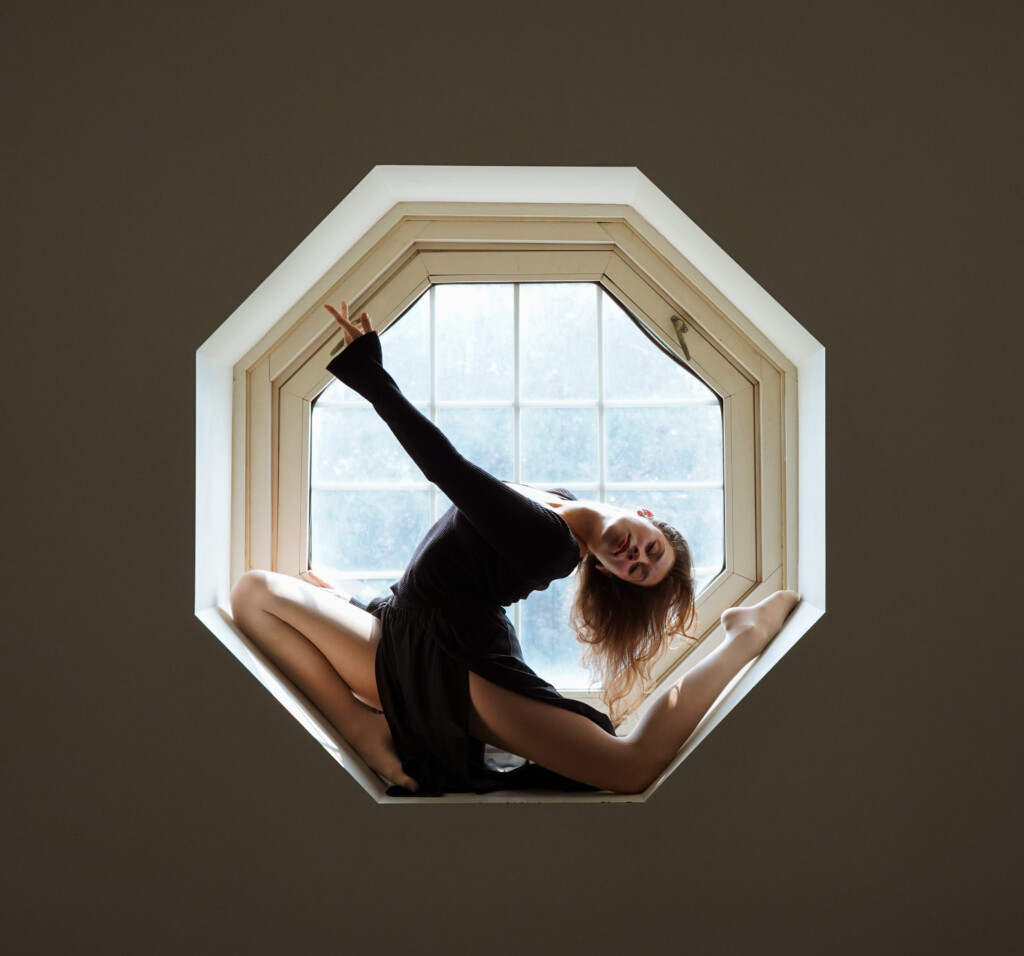Only thirty minutes outside of Rochester, SUNY Brockport offers a versatile dance education that ranks among the top fifteen programs in the country. With multiple degree tracks and a unique class structure that caters to students’ interests, it’s no surprise individuals from all around the world choose to start their careers at Brockport.
Undergraduate degree tracks include a bachelor of science, bachelor of arts, and a bachelor of fine arts, while graduate programs include a master of arts and a master of fine arts. Ballet, modern, and African are the three main types of dance studied within the program, but the classes themselves, however, are student-picked.
“We used to have tap and Irish dance, and currently we’re doing a commercial jazz class. So, it’s just what the students might want, and that fluctuates based on our incoming class and where their interest lies,” Bonnie Bradley, administrative assistant of the dance program, says. Finding a niche is emphasized from the start. Freshman classes are diverse, ensuring students dip their toes into all aspects of dance before homing in on one specific interest. Extracurricular programs such as the Sankofa African Dance and Drum Ensemble are also available for students to explore other styles. Assistant professor and director of Sankofa Jenise Anthony specializes in African dance and explains how offering this style allows Brockport to stand apart from other schools.
“Many students will say they’re never going to take African, and then they’ll come to Sankofa and want to be a part of it,” Anthony says. “I really press for versatility of the dancer because you may go and dance in a ballet company and somebody may come and do some kind of Afro-modern thing and you may be like a fish out of water. Offering all these things really increases their marketability, and we’re one of the few schools that have so many different choices.”
Some students come to Brockport specifically for the African dance program while others find a love for it through the array of classes they are required to take. Leading those classes, are a diverse faculty. Anthony moved to the United States from her home in Trinidad and Tobago fourteen years ago to complete her college education. African dance is complex, and through teaching, she makes sure to emphasize the embodiment of African traditions.
“Each step they take is within a footprint bigger than their own,” Anthony says. “It’s not about aesthetics but really being able to reflect the meaning of the dance. Why is it done? Who does it? When? For what reason?”
Students can also get involved with other aspects of dance—choreography, costume design, and music, just to name a few.
“The student choreograph work is just that, we’re mostly hands off,” Bradley says. “They’ll work with different faculty for lights, costuming, and music, but for the most part, it’s completely student-decided. Graduate students and upperclassmen will choreograph on incoming freshman and do a more informal show, like an introduction to what performance is, and then from that point on the students are allowed to be cast in other work.”
Classes not only provide more pathways for students postgraduation, allowing them to explore careers that take place inside and outside of the studio, but they also educate the students on safety and health. First-year students are required to take a conditioning class where they learn how to stretch and not overextend. The department also has a conditioning lab with exercise equipment and injury prevention supplies that students use to stay healthy.
“We teach students to limit the time they’re obligating to different pieces and have limits on the number of performances they’re allowed to participate in so they can take care of their bodies. When they’re seniors, we lift those limits,” Bradley says.
The dance education at Brockport is not solely performance based, but students put together multiple concerts every year and have opportunities to perform on and off campus at places such as the Rochester Fringe Festival. Sankofa also performs both on and off campus and gives students a chance to experience what it may be like to tour. The ensemble has performed for schools in the area, at the Strong National Museum of Play, and in New York City.
“Many of our faculty are or were New York City–based performers. We have a class called Gateway to New York, and that attracts a lot of our [foreign] students because they get to go into New York and experience the city from the lens of a dancer,” Anthony says.
In addition to shorter-term studies, Brockport dance frequently has students enrolled full-time from places all over the world. Some recent students have come from Russia, Nigeria, Ghana, the Cayman Islands, and Sweden.
Another special aspect of Brockport’s dance program is that all the major courses have live accompaniment. Guest artists will come in to accompany pieces, but Brockport also has musicians hired specifically within the dance department to offer live music for each class. They also have an in-house costumer that’s exclusive to the dance department, whereas a lot of schools may combine these positions with the theater department.
Students do need to audition for the program, but this doesn’t necessarily mean they need to have an extensive prior dance experience. Bradley and Anthony explain that what they’re really looking for in prospective students is the ability to learn.
“Is this dancer good? Mmm maybe, but are they fixable? That’s a big thing,” Anthony says. “Maybe you cannot put your leg out in 180 degrees, maybe your body doesn’t allow for it yet, but we believe that the training can you get through that.”
Learn more: 395-2153, or email at
da***@br*******.edu
.
Views: 1






